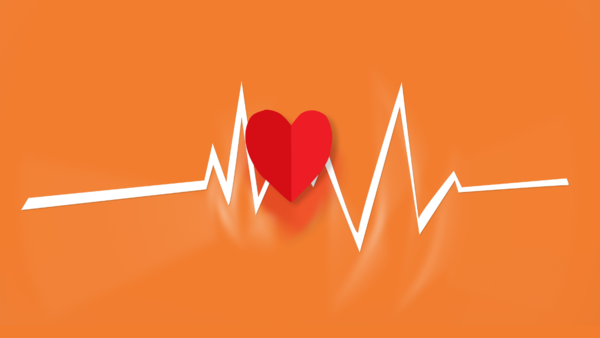- News
- lifestyle
- health-fitness
- health-news
- What should be a person’s ideal pulse rate?
Trending
What should be a person’s ideal pulse rate?
Monitoring pulse rate is essential for understanding both physical and mental health. Normal resting heart rates range from 55 to 85 beats per minute, with well-trained athletes potentially having rates in the 40s. Consistently high or low rates may signal health issues, emphasizing the importance of regular pulse checks, especially early in the morning while still in bed.

Your pulse rate defines a lot about your physical and mental health. Any difference in the regular pulse rate may indicate a bigger health issue or an underlying health risk. Therefore, measuring your pulse rate is often one method to find out how well your body is functioning.
A normal pulse rate can vary significantly from person to person, reflecting the unique needs of each individual’s body.

Normal pulse rate
The pulse rate of youngsters
Because of their developing bodies and quicker metabolisms, children's pulse rates are inherently greater than those of adults. This is a broad summary by age:
Newborns (0-1 month): 70-190 BPM
Infants (1-11 months): 80-160 BPM
Children (1-10 years): 70-120 BPM
Adolescents (11-17 years): 60-100 BPM
As children grow older, their pulse rate gradually decreases and stabilizes around the adult range.
Pulse rate during exercise
Your pulse rate rises during activity in order to provide your muscles more oxygen-rich blood. Generally speaking, the optimal exercise pulse rate is between 50 and 85% of your maximum heart rate, which can be determined using the following formula:
Maximum Heart Rate = 220 - Age
For example, for a 30-year-old:
Maximum Heart Rate: 220 - 30 = 190 BPM
Target Pulse Rate (50-85%): 95-162 BPM
How to check your pulse rate?
According to Dr. Anurag Sharma, Chairman, Cardiac Sciences, Paras Hospital, “To assess your own resting heart rate, it’s best to check it first thing in the morning while still in bed. A resting heart rate that dips into the 40s is common among well-trained athletes but may raise concerns for the average individual. Conversely, a consistent rate above 90 beats per minute warrants medical attention, even though it technically falls within the normal range.”

Understanding your pulse can empower you to recognize unusual changes, potentially leading to early intervention in heart-related conditions. Regularly monitoring your heart rate allows you to maintain awareness of your overall health and adjust your lifestyle accordingly, supporting both cardiovascular fitness and general well-being.
Watch why a person should not sneeze at wrong time
End of Article
FOLLOW US ON SOCIAL MEDIA










